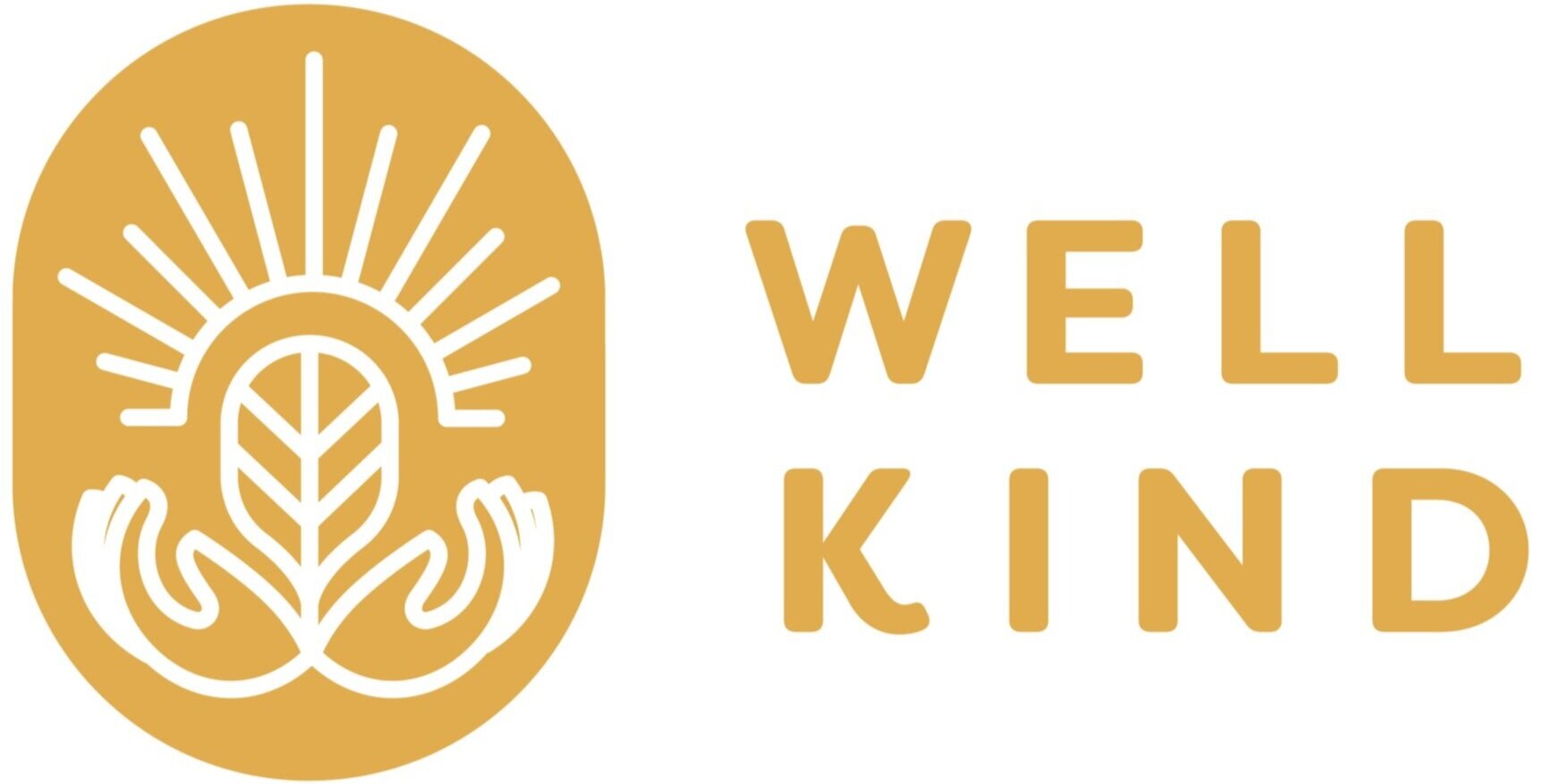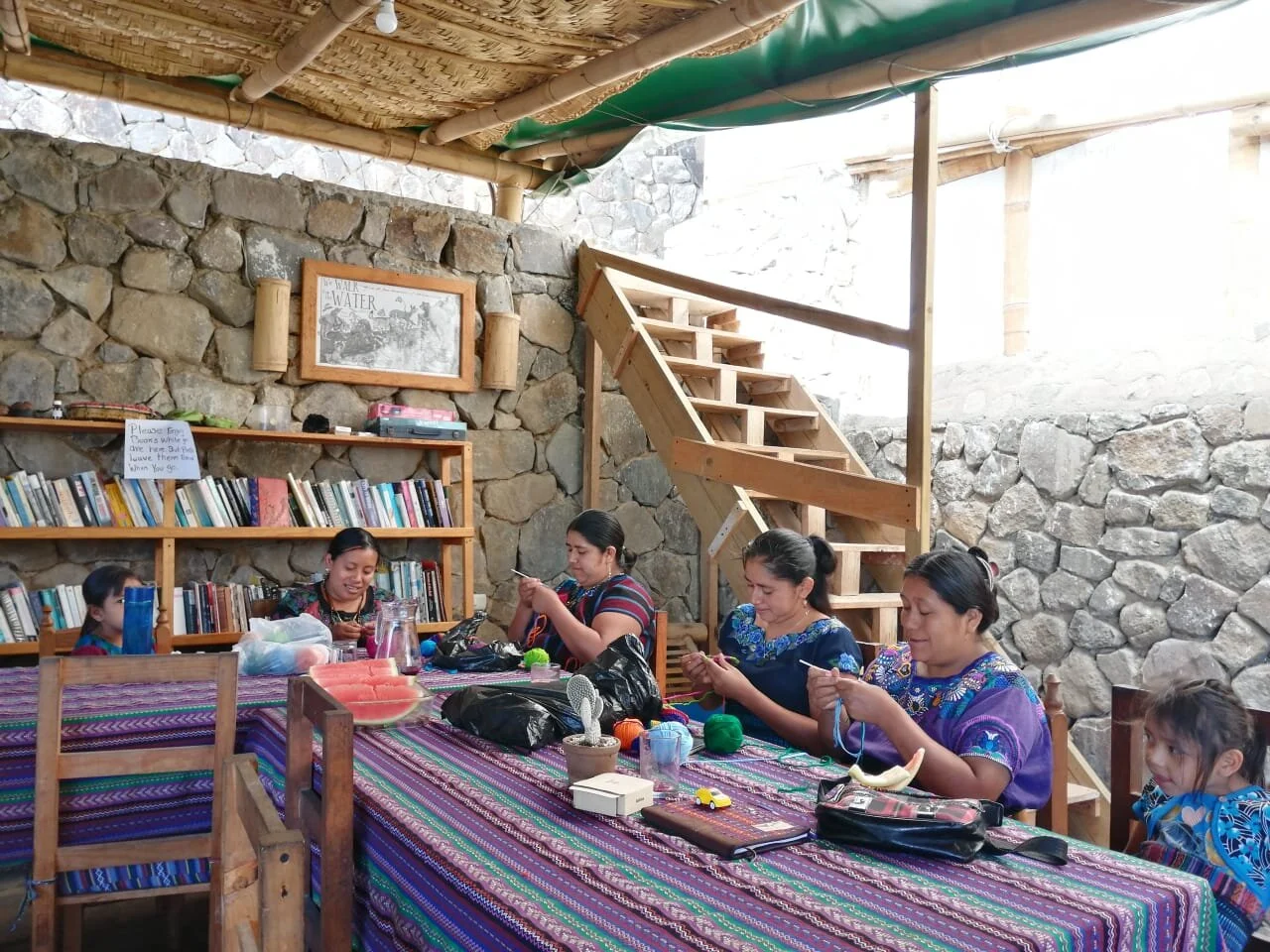Appropriate Cultural Development - Needs vs. Satisfiers
By Shad Qudsi
Written by Shad Qudsi, Program Director, WELLKIND Guatemala
Needs are universal and they are beautiful. All humans have similar universal needs. One of the most beautiful things about non-violent communication is that it teaches us that the need is beautiful. I always like to say that no one can get mad at you for the need. But they can get mad at you for the strategy you use to meet that need. I absolutely love this philosophy that all needs are beautiful and I actually find it refreshing to think that all activities are motivated by the desire to meet one of the universal basic needs.
A topic that I find particularly interesting but rarely talked about is this idea of needs versus satisfiers.
As mentioned, a need is universal. It is common across all humans, something that every human is potentially capable of wanting to meet. Satisfiers are different. Satisfiers are cultural structures that are used to satisfy a need. To give you an example, a universal human need is the need for protection and safety. A house can meet the need of protection and is thus a satisfier for that need. Another human need might be the need for connection and inclusion. Perhaps a church, a job, or a social group may satisfy the need for connection.
Probably the most fascinating aspect of this whole idea is that different cultures use very different satisfiers to meet the exact same need.
The difference is sometimes so dramatic that a person from one culture can experience and witness the satisfyer that's used to meet a specific need by another culture and absolutely not realize that particular action or behavior is meeting a specific need. It has been helpful to understand that when I experience or interact with a new culture, I will also be experiencing a very different set of satisfiers for very familiar and shared universal needs.
I believe that the first job of any good development program is to deeply understand the current satisfiers that the community depends on and then ask the question, "as the global and local landscape continue to change and evolve, how can the community best respond through shifts in their existing cultural satisfiers?
Asking this question is integral to the process of appropriate development. Appropriate is the key word here and while it may be talked about, what does appropriate development actually mean? I find that the language of needs and satisfiers gives us the perfect window into understanding true appropriate design. I have had experience in the development world and sadly, the majority of the programming seems to ignore existing cultural satisfiers and instead attempts to implant outside satisfiers that are familiar to the developer but foreign to the community receiving them.
The real path to appropriate development is to work directly with a community to create a strategy for evolving existing satisfiers to better and more fully meet the human basic needs.
It is important to note here that the meeting of any particular need is not a binary outcome. It is not that the need is either met or not met, but rather it is better looked at as a continuum upon which the need is satisfied to a greater or lesser extent. So you may still be malnourished despite having a small amount of food to eat. The need for food, like any other need, can be looked at across a spectrum of how well it is being met. Oftentimes in development, the goal should not be to replace existing satisfiers, but rather to strengthen and invigorate existing satisfiers so that they more fully and completely meet the needs that they address.
All of this theory deeply influences the wellind’s work in Guatemala.
WELLKIND Guatemala works in the western Highlands of Guatemala where 99% of the population is Mayan Kaqchikel. As the program director of WELLKIND Guatemala with 13 years experience living in this region, I have become quite familiar with the customs and cultural satisfiers that the local community uses to meet the universal basic needs.
Over time, we recognized that people already depend on local plants to round out their diet. We also recognized that many people still make a lot of their own clothes and other useful fabrics, and many people still build their own houses and grow some of their own food. We recognized that people participate in open-air markets where any vendor big or small can come and offer their products. We recognize the importance of spirituality, church, and other gatherings that enhance communal connectivity and wellness. All of these are cultural satisfiers that already exist in the communities that we work in. Our work is to support local leaders to create strategies that enhance each of those different satisiers, enabling them to more fully meet the needs of the community in healthy ways.
Over the past year, WELLKIND has been incredibly successful in empowering the local community to take charge of the health and fate of their unique and beautiful cultural satisfiers, creating plans and enacting change that strengthens their total health and culture. Over 50 women have built and now tend incredibly diverse and productive organic family gardens that are full of locally used plants. There are now several families that produce seeds and seedlings, as well as organic fertilizer, all of which enhance the productivity and sustainability of these gardens. Instead of replacing the familiar satisfier of using locally available plants to enhance the diet, WELLKIND has supported the community to strengthen this satisfier by enhancing the availability of organic garden inputs at the local level and capturing and sharing local knowledge of how to maintain and improve the garden.
Recognizing the cultural wealth represented by the traditional weaving of the Mayan people, it was easy to see that Artisan production is an important cultural satisfier that meets universal needs of livelihood and purpose. Following the same approach of asking how we can strengthen existing satisfiers, WELLKIND supported the creation of a thriving women's artisan cooperative. Connecting this group with fair trade companies has enabled them to take a traditional skill and means of livelihood and strengthen it into a dependable income for their family in the modern-day.
In the area of commerce, it is clear that the community favors and supports open air markets and part of the challenge was the need to pay expensive transportation to leave town and go to the areas where markets exist. In the time of covid, this became even more difficult for the community. As opposed to replacing this time tested technique of open commerce, WELLKIND worked with the local government and local leaders to create the first ever market in the community. Almost a year later the twice weekly market is thriving and now provides both a reliable place to secure healthy natural produce but also a place to sell both grown and prepared food and other products. The creation of a market is a perfect example of strengthening an existing satisfier to meet a universal human need.
As we look ahead into 2021, WELLKIND Guatemala is excited to carry on strengthening existing satisfiers in the communities of the western highland Mayan people. Always taking the time to observe and interact, to remember to take off are blinders and look at what's actually happening. Where can I assist and strengthen? How can I invigorate what's already there? This is the essence of appropriate development and something that WELLKIND proudly practices and promotes through all this programming. If you'd like to support our programs check out this link. Thanks for reading.







